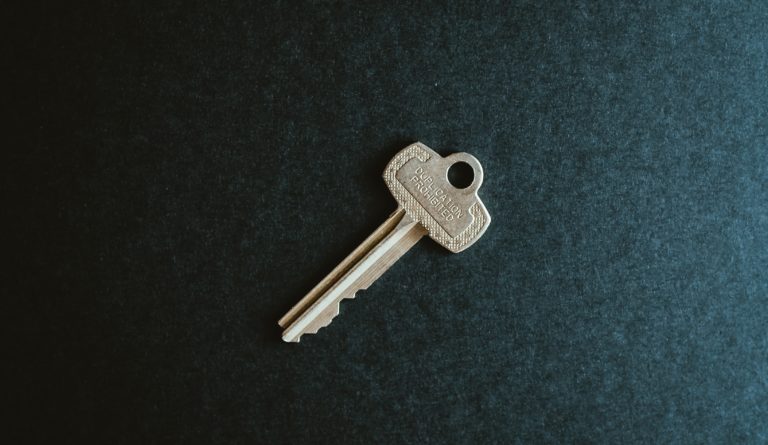
Should I Worry about Medicaid Estate Recovery?
What is It? The Medicaid Estate Recovery Program (MERP) may be used to recoup costs paid toward long-term care. It’s designed to help make the program affordable for the government, but it can financially affect the beneficiaries of Medicaid recipients.
AOL’s article entitled “What Is Medicaid Estate Recovery?” explains that’s where Medicaid can help fill the void. Medicaid can assist with paying the costs of long-term care for aging seniors. It can be used when someone doesn’t have long-term care insurance coverage, or they don’t have the assets to pay for long-term care out of pocket. It can also be used to pay for nursing home care, if you’ve taken steps to protect assets using a trust or other estate planning tools.
However, the benefits you (or an aging parent) receive from Medicaid are not necessarily free. The Medicaid Recovery Program lets Medicaid recoup or get back the money spent on behalf of an aging senior to cover long-term care costs. Federal law requires states to attempt to seek reimbursement from a Medicaid beneficiary’s estate when they die.
How It Works. The Medicaid Estate Recovery Program lets Medicaid seek recompense for a variety of costs, including:
- Nursing home-related expenses or other long-term care facility stays
- Home- and community-based services
- Medical services from a hospital (when the recipient is a long-term care patient); and
- Prescription drug services for long-term care recipients.
If you (or an aging parent) die after receiving long-term care or other benefits through Medicaid, the recovery program allows Medicaid to pursue any eligible assets held by your estate. Exactly what that includes depends on your state, but generally any assets that would be subject to the probate process after you pass away are fair game.
That may include bank accounts you own, your home or other real estate and vehicles or other real property. Each state makes its own rules. Medicaid can’t take someone’s home or assets before they pass away, but it’s possible for a lien to be placed upon the property.
What Medicaid Estate Recovery Means for Heirs. The biggest thing about the Medicaid estate recovery for heirs of Medicaid recipients is that they might inherit a reduced estate. Medicaid estate recovery rules also exclude you personally from paying for your parents’ long-term care costs. However, filial responsibility laws don’t. It is rare, but the laws of some states let healthcare providers sue the children of long-term care recipients to recover nursing care costs.
How to Avoid Medicaid Estate Recovery. Strategic planning with the help of an elder law attorney can help you or your family avoid financial impacts from Medicaid estate recovery. You should think about buying long-term care insurance for yourself. A long-term care insurance policy can pay for the costs of nursing home care, so you can avoid the need for Medicaid altogether.
Another way to avoid Medicaid estate recovery is to remove assets from the probate process. For example, married couples can do this by making certain that assets are jointly owned with right of survivorship or using assets to purchase an annuity to transfer benefits to the surviving spouse when the other spouse passes away. You should know which assets are and are not subject to probate in your state and whether your state allows for an expanded definition of recoverable assets for Medicaid. Speak with an experienced elder law lawyer for assistance.
Medicaid estate recovery may not be something you have to concern yourself with, if your aging parents leave little or no assets in their estate. However, you should still be aware of it, if you expect to inherit assets from your parents when they die.
Reference: AOL (Feb. 5, 2021) “What Is Medicaid Estate Recovery?”









